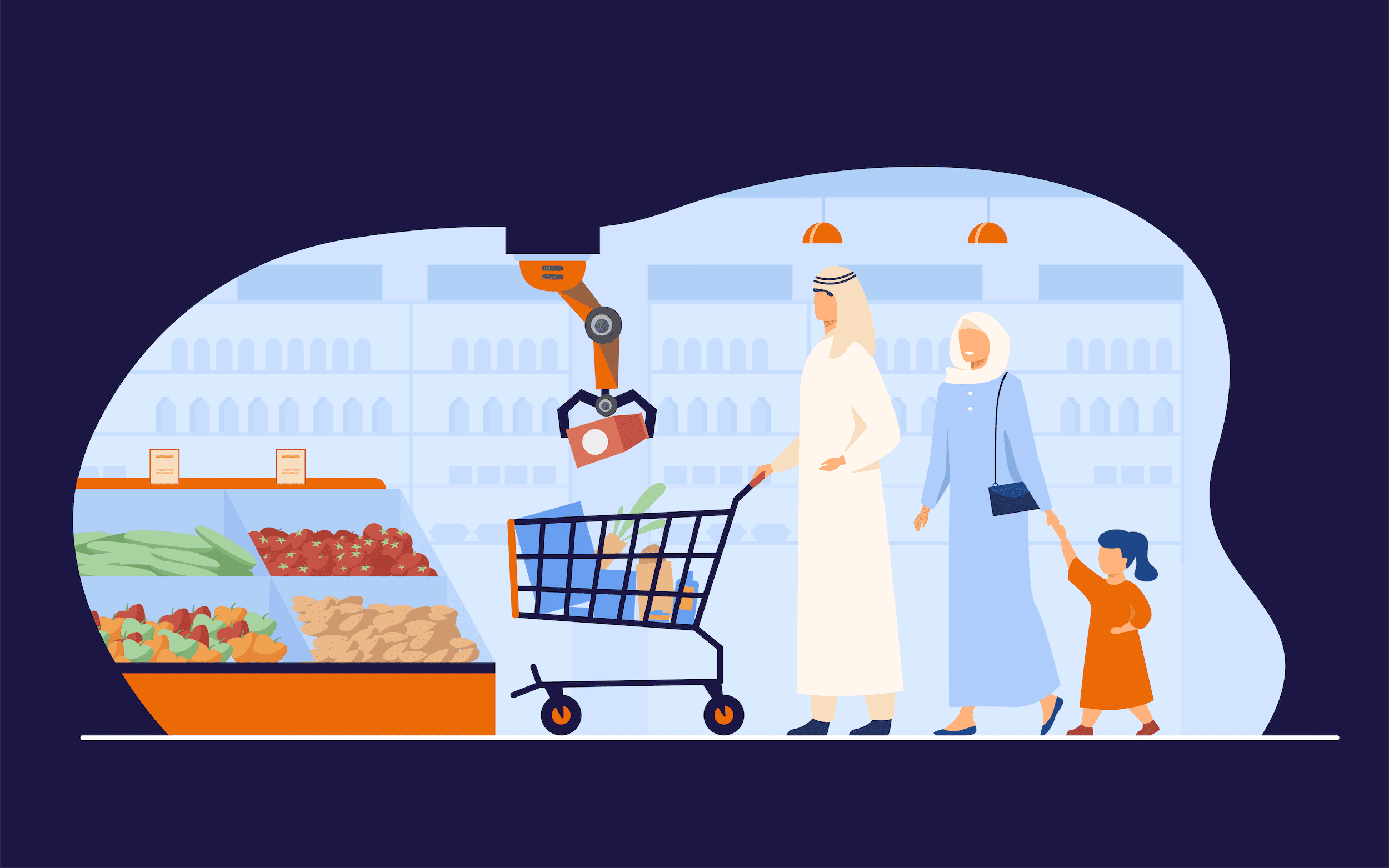Blog by Lubna Farooqui, Brand Strategist at Skyne
As a strategic branding and design agency, Skyne has had a frequent and comprehensive relationship with the grocery industry for many years, specifically in the Middle East and Europe. A number of our clients here occupy shelf spaces in these very grocery stores, requiring us to be in tune with the trends of the market and the unique regional needs of the target audience. We have been responsible for many of the packaging designs that you see today for fast moving consumer goods: from Rainbow to Bertolli to Jomara. We have honed in on what clicks in the market both here in the UAE and internationally.
It is with this expertise and research that we approach supermarket trends and consumer behaviours and come out with insightful conclusions that can change the way we approach grocery innovation here in the region, steps which would be beneficial for a number of regional grocery stores moving forward.
![]()
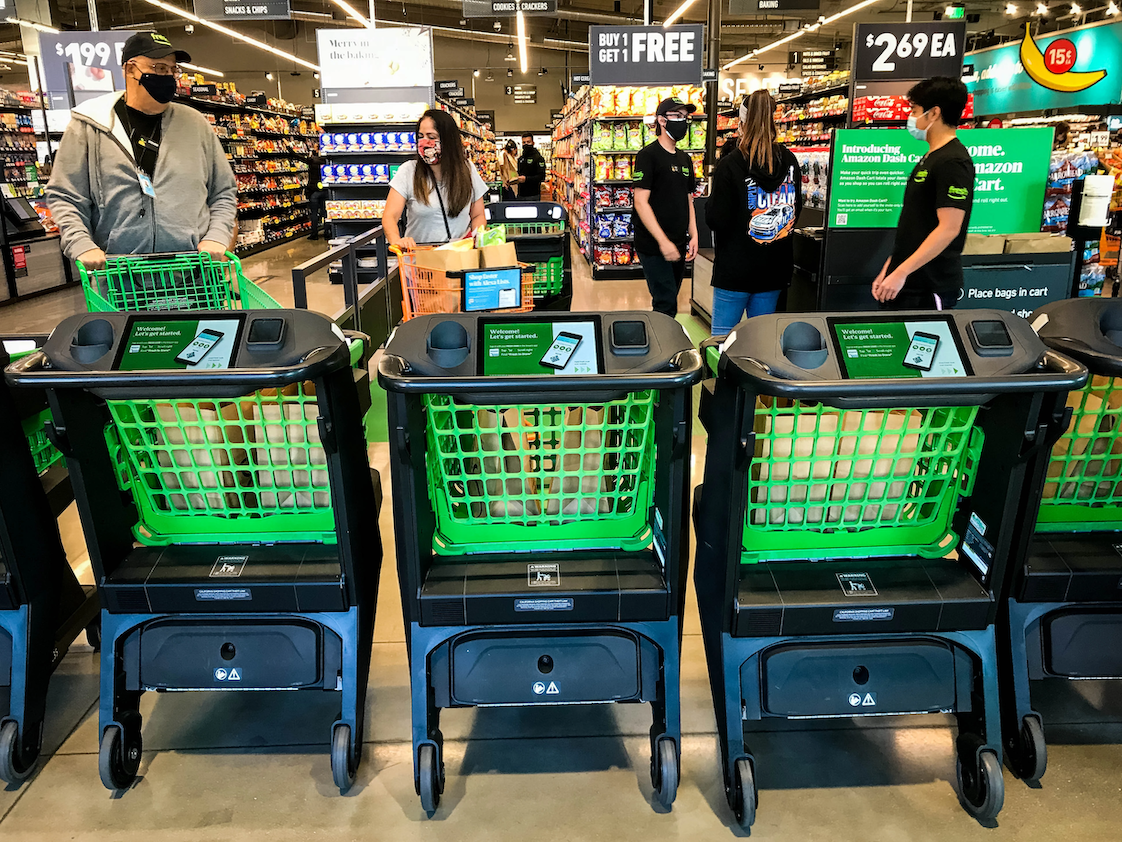
Amazon Fresh opens in Fullerton
The current global landscape
The global food and grocery industry is forecasted to reach revenues of USD 17.30 Trillion by the year 2027. Historically, in industries with such vast revenues, there has always existed an intense competition with everyone wanting a piece of the metaphorical retail pie.
This has led to some of the most revolutionary and conceptual changes in the grocery landscape in the past 50 years. Innovations around groceries and supermarkets are happening at a rapid pace with shorter intervals between the next big thing in packaged consumer goods.
Where high consumer volumes and rapid repeated purchases exist, no doubt the lure of the grocery industry is enticing to producers. But it has also made the competition just as fierce. Even an imperceptible change in grocery operations can make a difference for your overall market share. We have spoken to consumers who switched from visiting their regular grocery stores to competitors because their go-to grocery store had squeakier wheels on their shopping trolleys.
Consumer loyalty is fickle in a market where people can have their basic needs met anywhere. What then differentiates a grocery from other? We first think of price as the most obvious choice, but that underplays the importance of in store experience, specialised offerings, comfort, familiarity and convenience of shopping.
With a frenzied market such as this, how can grocery retailers in the UAE expect to keep themselves afloat and make sure they are not left behind with the next big change?
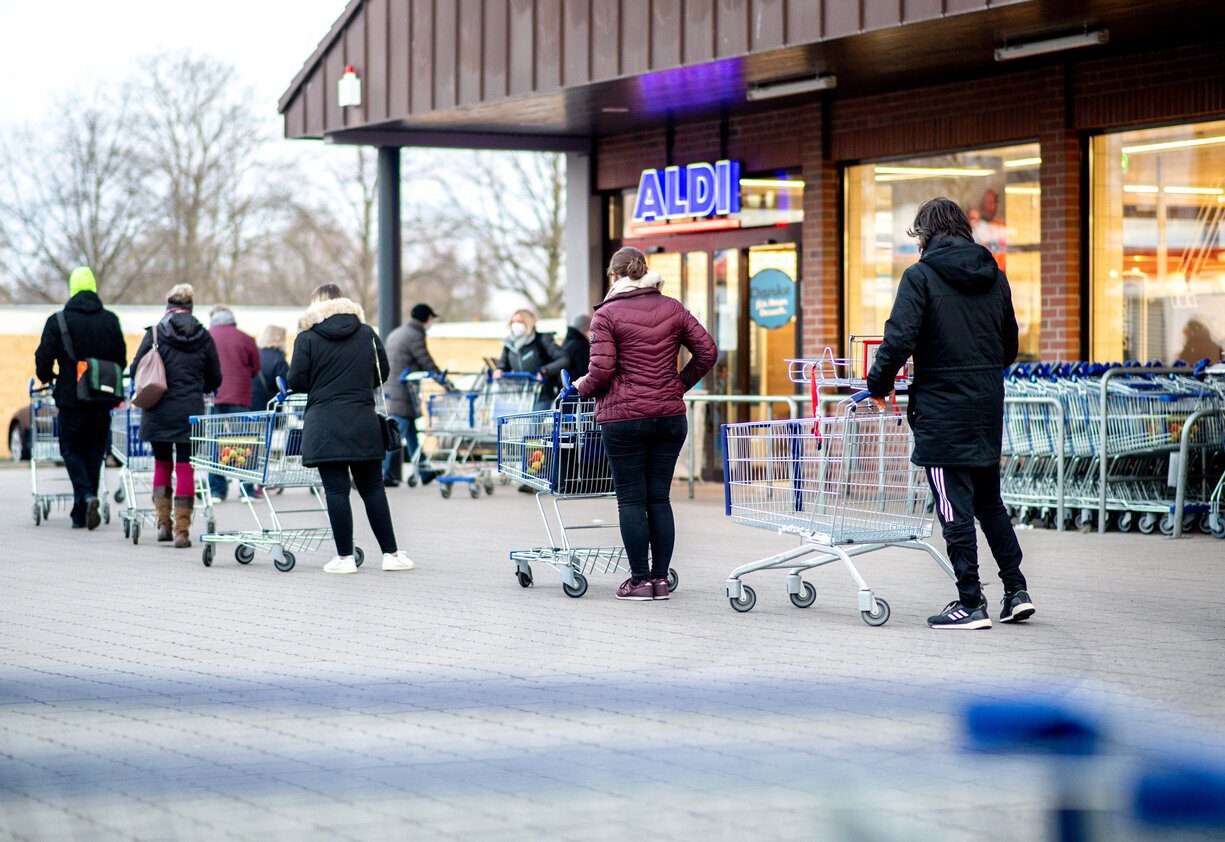
International counterparts: a closer look
We have seen that innovation is key. Industries, not just grocery, are not what they were before. One such way grocery retailers are keeping up with innovation is through disruptive changes.
As unvarying setups and staple offering at supermarkets have existed for years, the market has sought after disruptive changes as the next logical step.
In the form of ALDI we see disruptive innovation happen in terms of operations. A common brand of two German family-owned discount supermarket chains, ALDI focuses their sellable point on utility. Selling only the most purchased common products, keeping their stores open during only rush hours, have customers bring their own shopping bags, innovative cart rental system to reduce employee time spent on cart retrieval etc. The idea of utility also makes sense from a sustainability forefront.
Some innovative trends however do not necessarily need to be revolutionary in order to be successful.
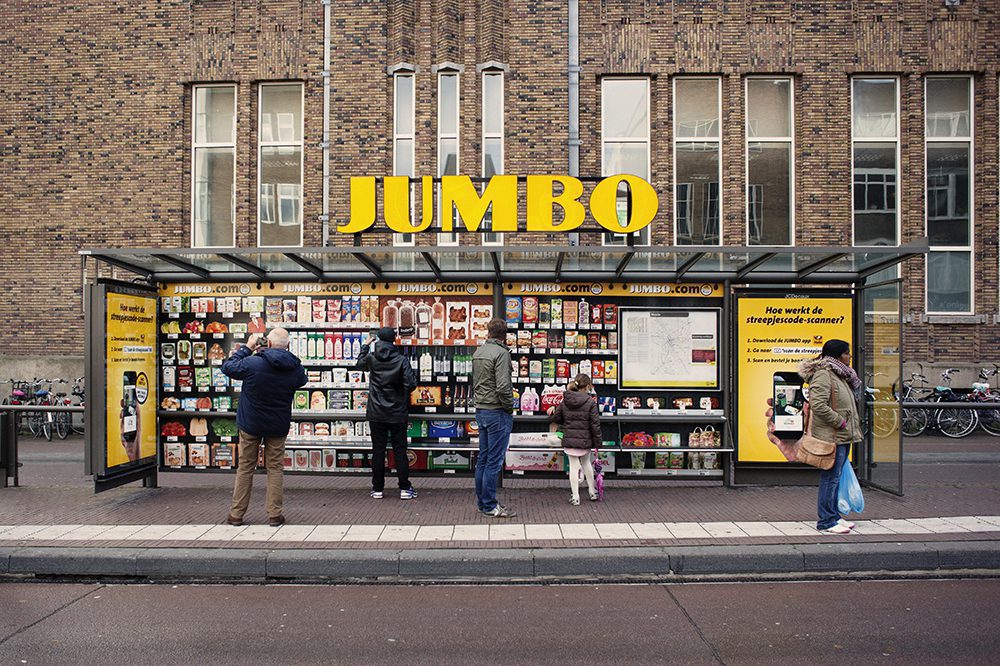
Anneke Keller, the Chief Technology Officer spearheading the supermarket franchise Jumbo in the Netherlands, says that they incorporate a more grounded “Dutch Style” innovation. They are not concerned with being revolutionary – like putting drone deliveries at the centre stage, rather they want to rely more on the ability to capitalise on opportunities that naturally arise in the market.
One such trend that arose in the market was the need for plant based alternatives to fish and meat. They took this opportunity to address the need through innovating their private label, by creating a sustainable veggie range that includes 42 different products.

Jumbo introduces “Lekker Veggie” vegetarian and vegan products
The type of innovation differs from one country to another. We see a unique trend occur in North America. Specifically in the United States, where grocery stores are adapting and changing to fit the current era’s immediate challenges.
After the crisis of the pandemic, grocery stores in the United States started to streamline their processes. As the market trends indicated a shift in consumer behaviour, less is more became the new norm.
What happened was that consumers no longer wanted to leisurely stroll through the store as they once did, preferring rather to pickup what was needed immediately and efficiently and leave, lessening the time spent and subsequently curbing the effects of the virus. Picking up on this big groceries started making the options readier to choose and understand for consumers who wanted to be in and out of the grocery store in record time. Thus making their choices simple for them, streamlining their experience.
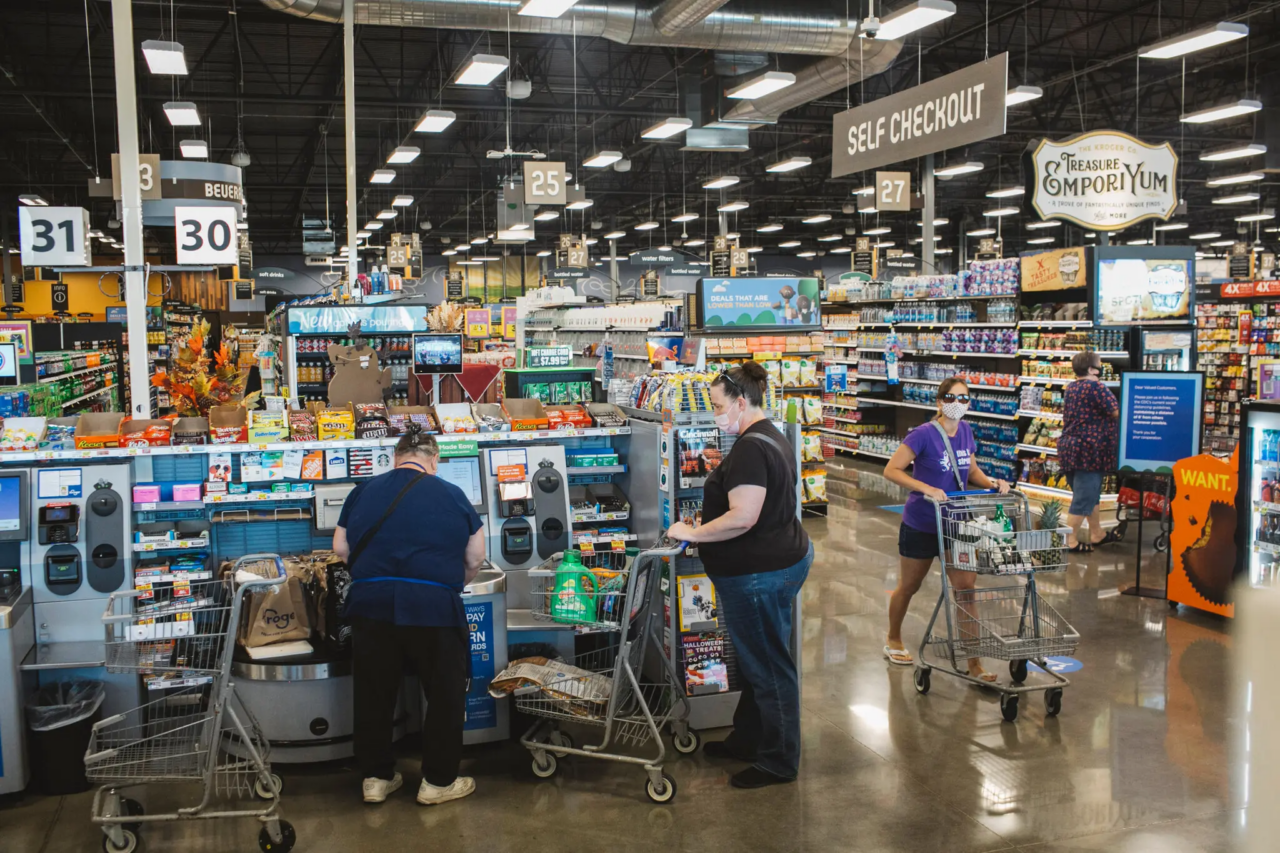
Kroger’s in the US have installed self serve checkout to streamline processes after the pandemic
In the UK, different consumer demands paved the way for different responses. Consumer trends showcased an exceeding demand for food and grocery deliveries. It was forecasted that in order to meet this demand they needed to be able to reach 60% of the population readily and easily. Innovative solutions around this need was immediately fulfilled by Morrison’s, a grocery store in the UK. They partnered with Amazon service, and their capable delivery services, allowing immediate delivery options for people’s groceries.
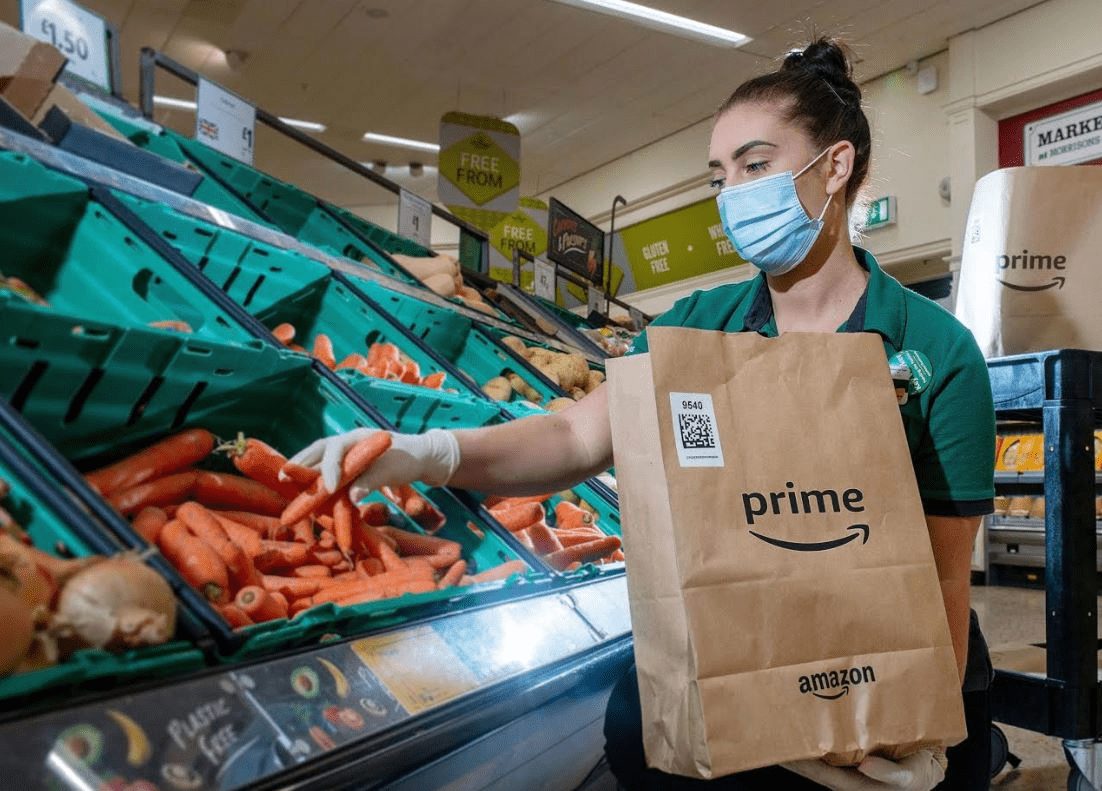
Morrisons now available to order on Amazon’s UK website
Moving up towards the Nordic countries, we investigate how they were faced with a set of completely new challenges.
Particularly in the case of Sweden, grocery businesses were frequently shutdown due to profitability issues and staffing shortages. The lack of workers, unmanned and unstaffed stores in the country became common place. Groceries in rural areas in Sweden could no longer afford to keep staff specifically for one town or village.
This problem was uniquely addressed by creating specialised unstaffed stores in the country. Pressbyran Go Store were one of the first to do this. Here customers could easily scan and pay through the stores self-checkout without physical staff presence required.
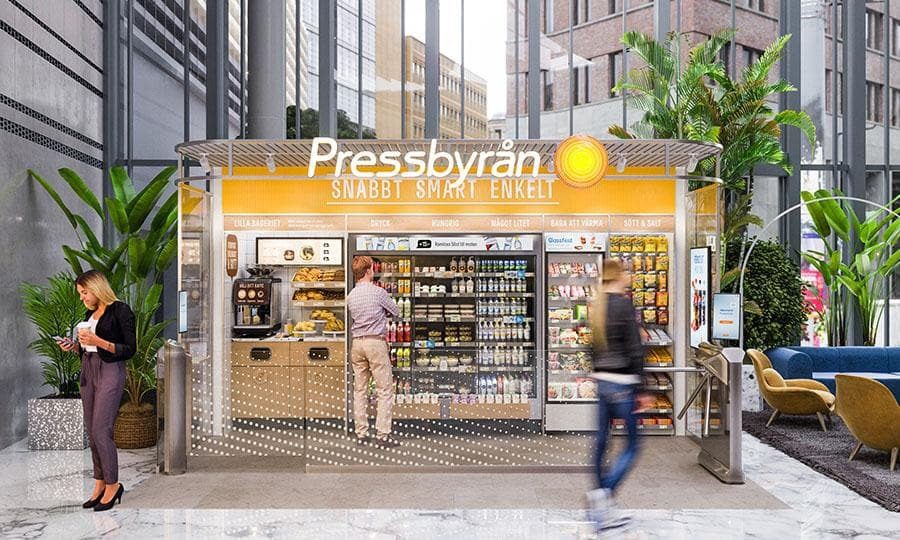
A self check-out store concept for PressbyranGo, in Sweden
In each of these examples mentioned above we see a distinct market need, demand or trend that was reacted upon. Whether it’s a shortage, a need or demand, groceries acknowledged the situation and adapted optimally to their circumstance.
Through this we see that innovation for the sake of innovation would not be fruitful if not backed up by what the industry currently calls for.

In the context of the Middle East and more specifically the UAE, applying successful international trends and innovations may not prove to be as successful for the local population. Consumer behaviours are varied and change rapidly, thus for positive innovation to occur in the region, a thorough assessment of trends and indicators is required for the innovation to stick, and make it more profitable for businesses and advantageous for consumers.
Grocery stores in the UAE need to track local shifts in habits and behaviours to capitalise on arising opportunities. For example, a shift in behaviour that grocery stores in the region have started to notice is a decrease in the frequency of visits to the supermarket but on the other hand have observed a marked increase in the basket size and value of purchases per customer.
Once a trend has been observed, then the next steps forward come into play. Asking those important questions like how optimum value could be delivered to the consumer at this junction? Or how innovations address this opportunity in the market?
For this, a shift in perceptions needs to occur. From asking how we can fit certain innovations into country markets, the call should be towards what problems/opportunities in the region call for specific innovations instead.

